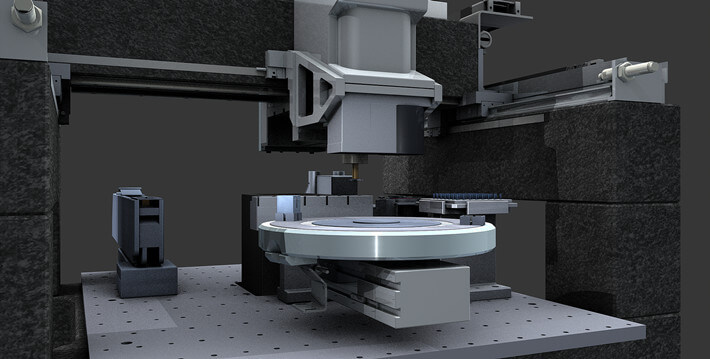CNC(Computer Numerical Control) is one of the critical processing technic and provides options for manufacturing. You may have known the basis of the 3-axis, 4-axis, 5-axis machining between sorts of quotes and suppliers, or still confused about them. Whatever, the most important thing is to know which one is right for your project, and your budget. Find the secrets now in the following.
What’s the difference?
In short, 3-axis machining likes “single-side machining”. When tools cutting the parts along XYZ axes, the workpiece is fixed on the same position.
4-axis machining adds a rotational axes based on the 3-axis machining. The additional axes allows workpiece to be rotated while cutting, drilling. XYZ+A and XYZ+B are the 2 forms of the 4-axis machining.
The A, B, C correspond to X, Y, and Z axes. A rotates around the X axis; B rotates around the Y axis; C rotates around the Z axis. There are different machines for the rotation part: head/head machines, table/table machines, and head/table machines.
Accordingly, 5-axis machining adds another rotational axes so that the workpiece can be machined on every side. The tool nose is perpendicular to the workpiece while it moves along the five axes, which make the 5-axis machining be the most suitable choice for the complicated parts. The 5-axis machining link processing path includes XYZ+AB, XYZ+BC, and XYZ+AC.
Besides, there is a special machining of 3+2 machining, often called 5 axis positional machining. It fixes the forth and fifth axes after rotating to a suitable position. Then the machine executes the 3-axis program. The positional machining needs stopping and starting while standard 5-axis machining is continuous.
| Which is the best? We always say that the processing depends on the part complexity. However, how complex is it to determine the processing? As mentioned above, the programming and operations are relatively easy for 3-axis machining. It is suited for workpieces that don’t request much structural depth and precision, such as drilling holes, milling slots, cutting sharp edges, etc. |
| 4-axis CNC machining not only contain the 3-axis machining processing, but also improve the precision, quality, and efficiency for curved surface by the additional rotational axes. It is useful when engraving a curved surface, processing in the side of the workpiece or around the cylinder, etc. |
| Equipped with the single setup, 5-axis CNC machining can process the workpiece at any angle with speed and smoother surface. Indubitably, the 5-axis CNC machining is the most suitable way to the part which requests high precision tolerance, and complex structure. Parts from aerospace, automotive, medical industry request 5-axis machining, including turbine vane, wheel hubs, airfoil, or parts with continuous smoothing curved surface, etc. But in some cases, the 3+2 machining shows higher efficiency when machining. |  |
The cheapest is the best.
Quality and efficiency are the main factors for pricing. When processing a curved edge, 3-axis machining needs starting and stopping to achieve it while only a single setup to suitable angle cutting by 5-axis machining. It seems that the 5-axis machining is full of advantages in efficiency, quality, productivity, lead time, but the advanced machine indicate more complicated and longer programming time. The preparation increases labor cost and time costs. Therefore, the 3-axis machining is the main processing method in CNC machining. 4-axis and 5-axis machining are the optimal choice for complex parts. Only in such combination, you will find the cheapest way.
For more details and further suggestions, feel free to contact our sales engineers. Contact us to find your best solution now.

